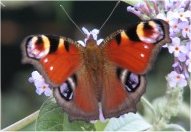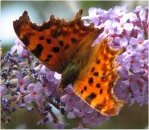OK, so maybe it is obvious to most people that it is now spring, but some of us have our own signs that the season has changed (for me Winter comes with the arrival of goosanders). So, the clocks have gone forward, the daffodils are out and, yesterday, so was the sun, and it was warm, but to me, the telltale sign of spring occurred this morning on my way to work. It was the sound of a chiffchaff calling. I stopped to listen and make sure, but there really is no mistaking the call of a chiffchaff (Phylloscopus collybita).
According to the Bird Guides website which has pictures and more information about the chiffchaff, the best way to distinguish this little brown job from the equally small and brown Willow Warbler is by its black legs. In my experience I rarely see one before I have heard it and the call is enough to distinguish it from anything else.
I have seen them in Winter, but they usually return to nest in Spring, the ones landing in these shores are thought to have wintered in southern Europe and Africa. So, the next time you are out and about listen for the call of one of the earlier and most vociferous migrants to these shores.


